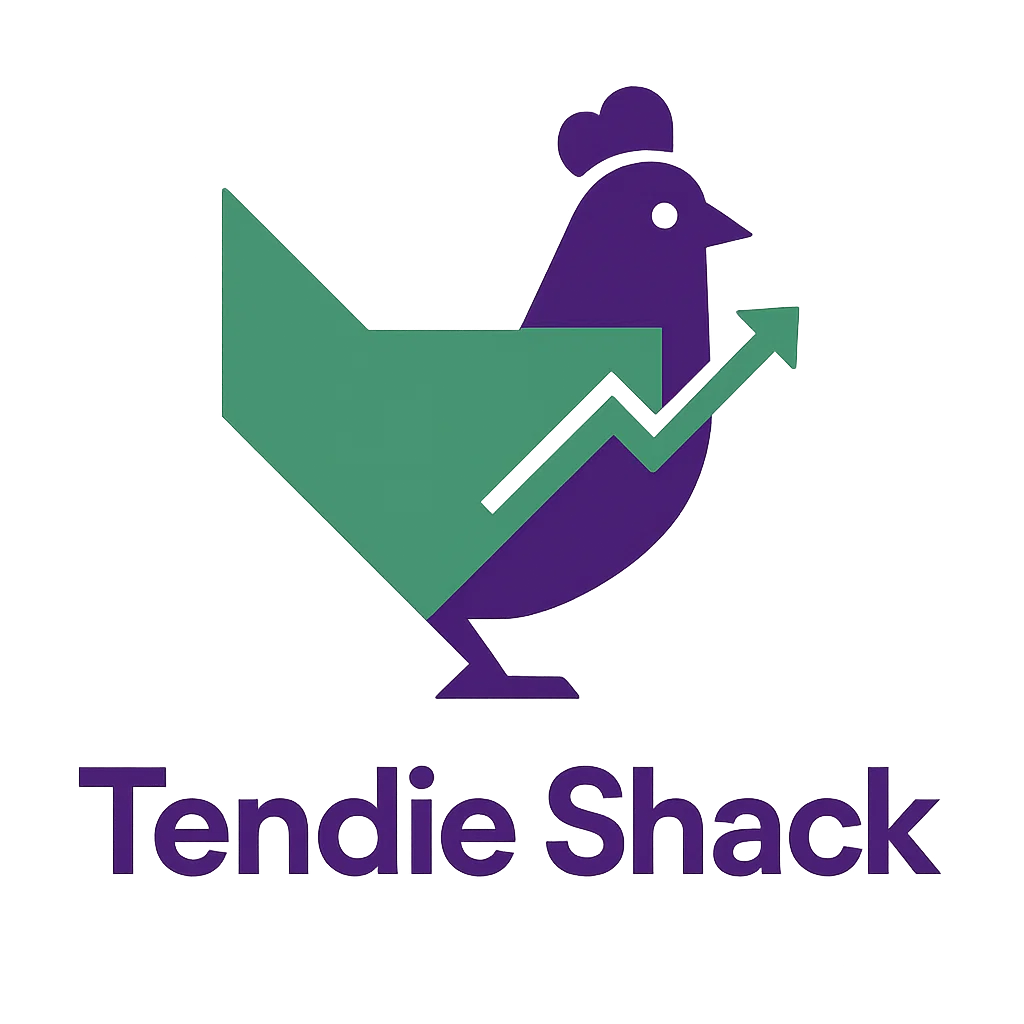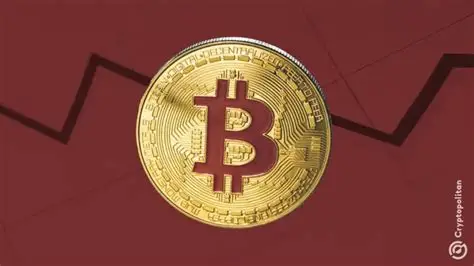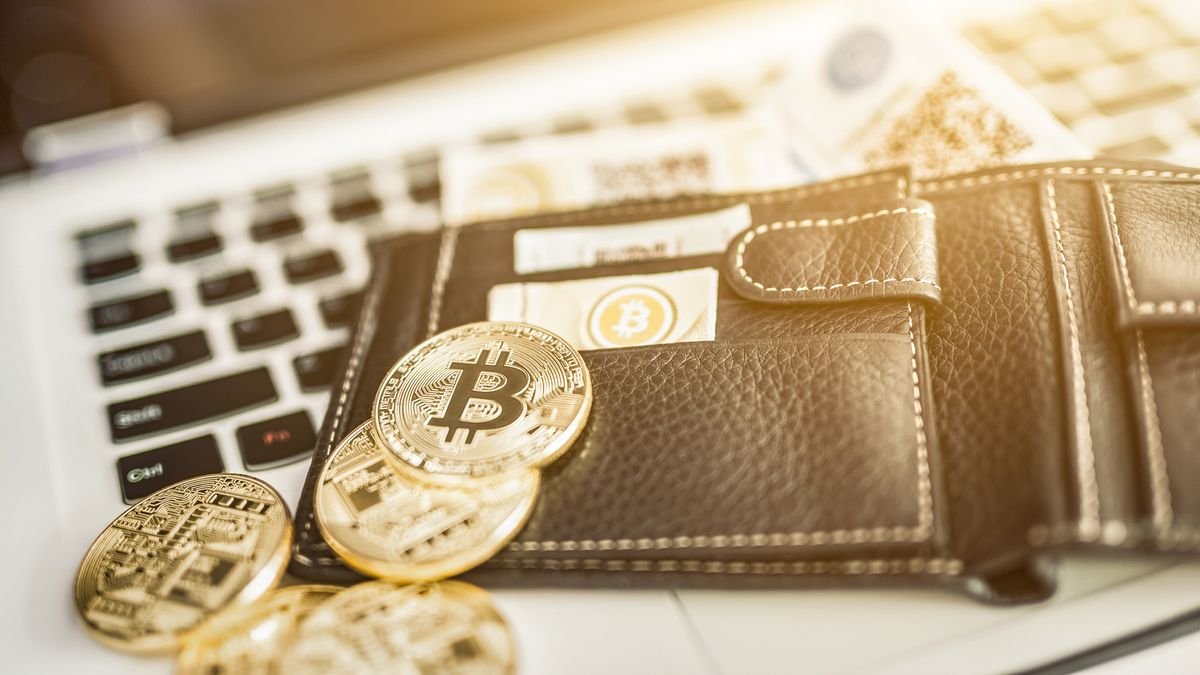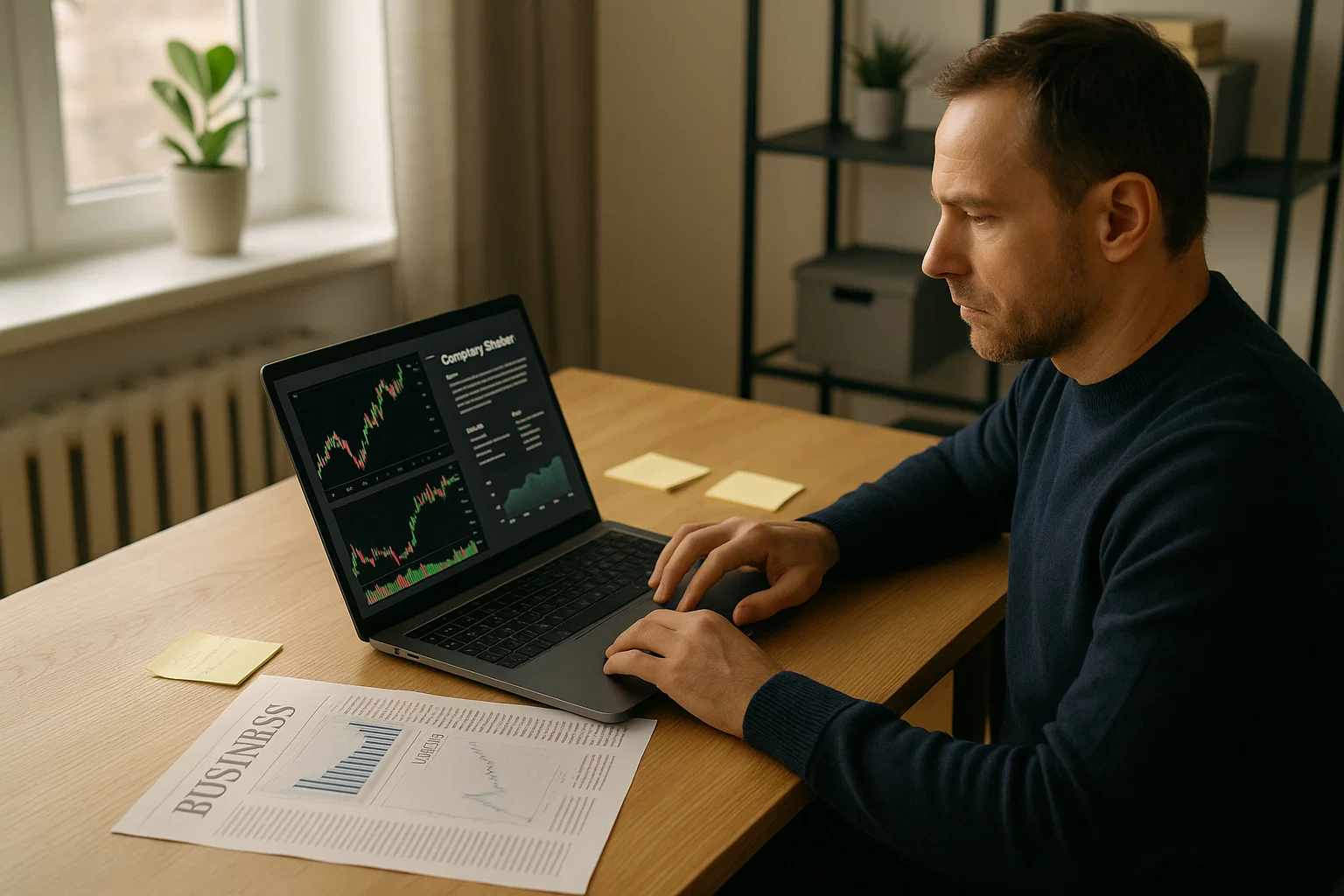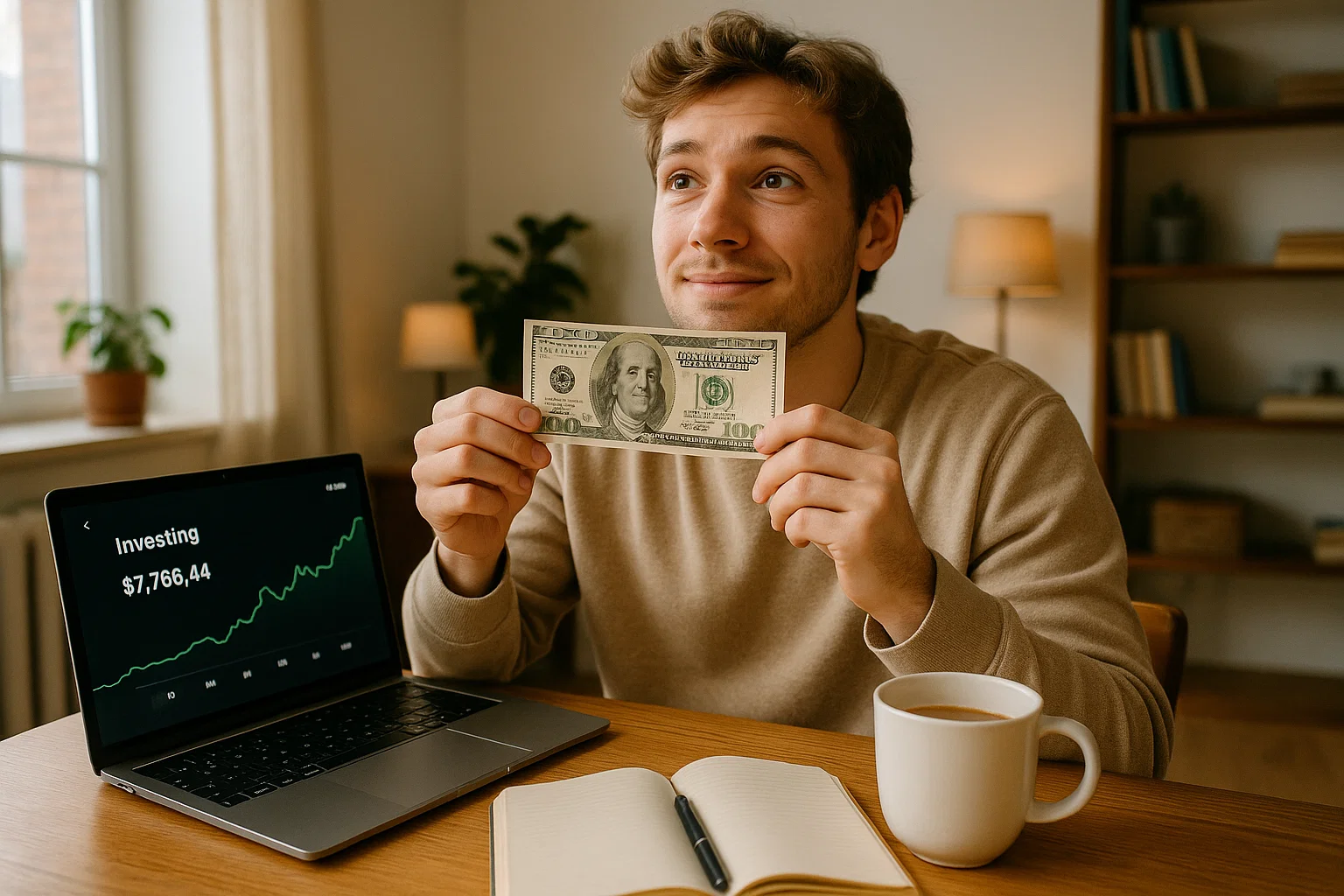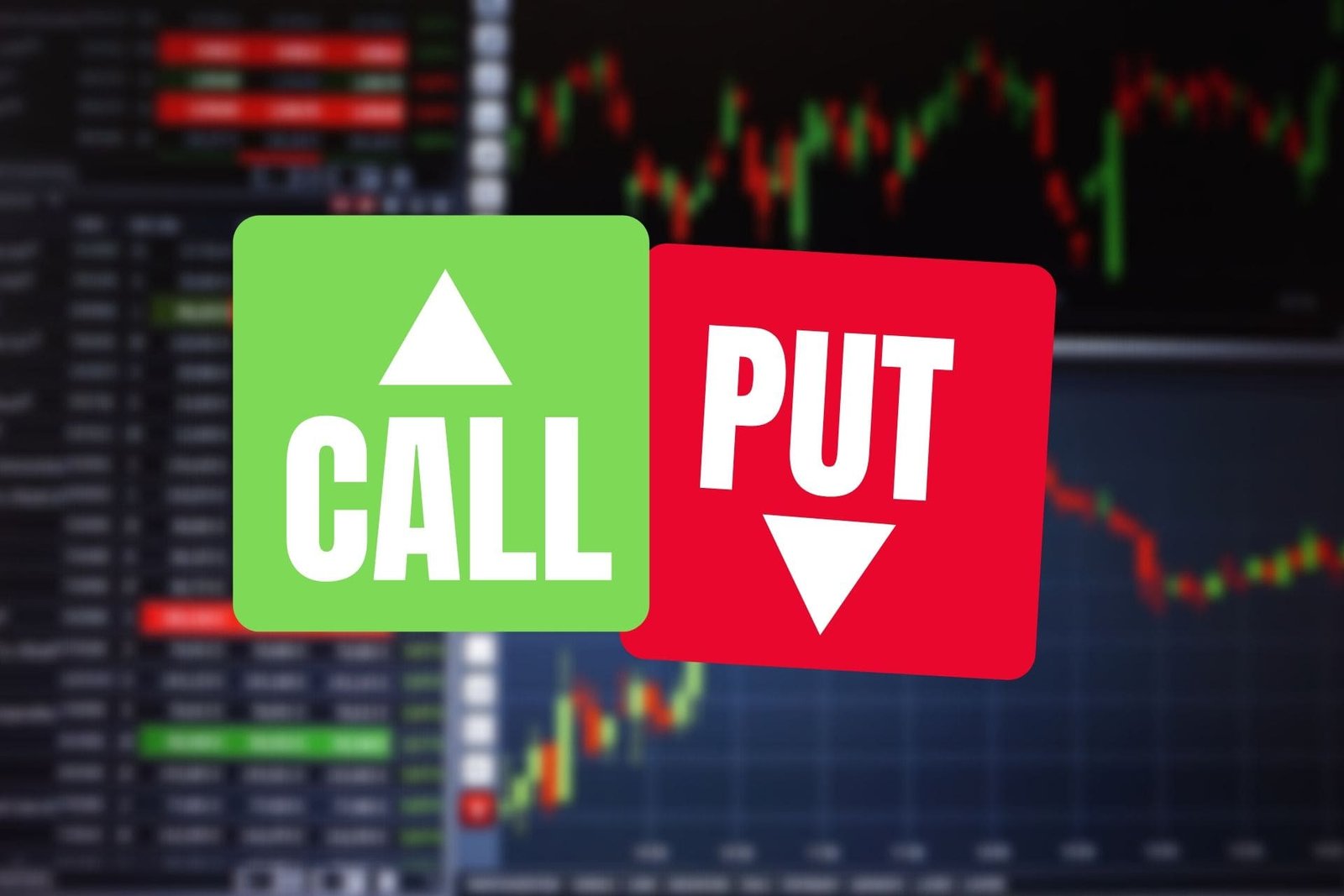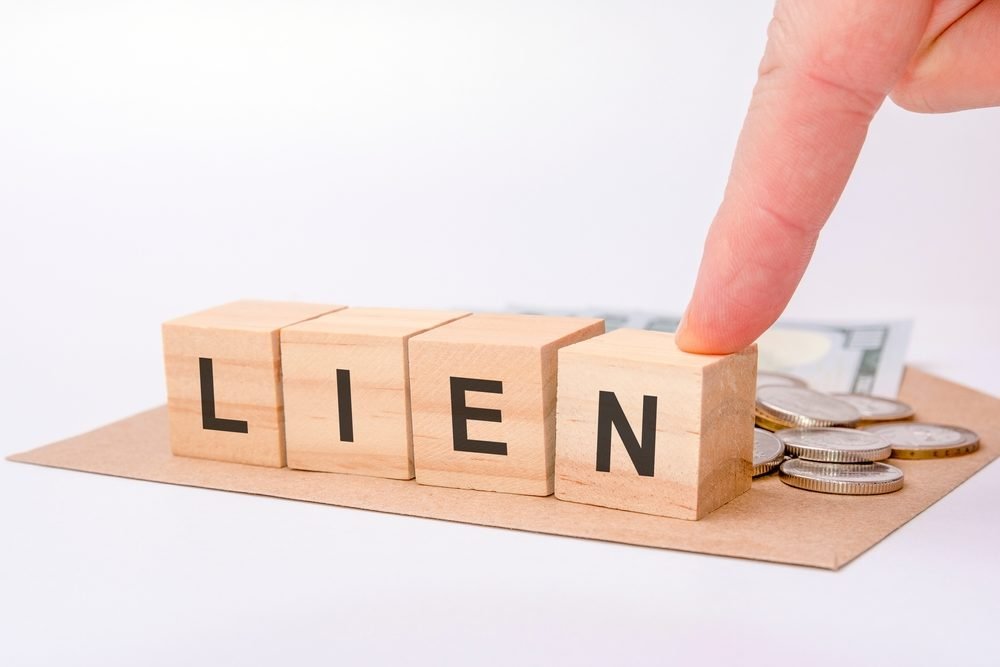What is a Stock Buyback
- by:
- Nick H
Key Points
A stock buyback occurs when a company purchases its own shares from the market
Companies use buybacks to signal confidence, offset share dilution from employee compensation
Buybacks can boost share prices and provide a tax-efficient way for shareholders to benefit
10 Stocks You Should Buy Before August >
For adsense add
Advertisement

affiliate add
For adsense add
Mail Sign Up
Get The Latest News & Stock Picks
Stay ahead of the market with expert news, actionable tips, and exclusive stock picks delivered straight to your inbox. Join a community of investors who value real insights and smarter strategies. Sign up now and get the edge you need to invest with confidence.
By submitting your email, you agree to receive updates and promotional content from our team. You can unsubscribe at any time. For more details, please review our Privacy Policy.
For adsense add
For adsense add
Stock buybacks, sometimes called share repurchases, are a common financial maneuver used by publicly traded companies. When a company initiates a stock buyback, it is buying back its own shares from the open market or directly from shareholders. The repurchased shares are usually canceled or held as treasury stock, reducing the total number of shares outstanding. This practice can have significant implications for a company’s financial health, shareholder value, and the perception of the company on Wall Street.

Understanding stock buybacks is essential for anyone interested in investing, as these transactions can influence earnings per share, stock prices, and the overall strategy of a business. This guide will explore how buybacks work, why companies use them, their impact on investors, and some controversies surrounding the practice.
How Stock Buybacks Work
When a company generates profits or has excess cash on hand, management has a few main choices on how to use these funds. They can reinvest in the business, pay down debt, distribute dividends, or repurchase shares. A stock buyback involves the company using its own funds to purchase shares on the open market or through a tender offer, in which it offers to buy shares at a specified price directly from existing shareholders.
Once repurchased, these shares are either retired or kept in the company’s treasury. Retiring shares reduces the overall share count, which means future profits are divided among fewer shares. Shares held in treasury can later be reissued for employee compensation plans, acquisitions, or other corporate purposes.
Methods of Buybacks
There are a few primary methods companies use to repurchase shares:
Open Market Purchases: The company buys its own shares just like any investor would, through the open market, at prevailing market prices. This is the most common method.
Tender Offers: The company offers to purchase shares from existing shareholders at a specific price, often at a premium to the market price, for a limited time.
Direct Negotiation: In rare cases, companies may negotiate directly with large shareholders to buy back a block of shares.
The chosen method often depends on the company’s goals and the size of the buyback.
Most Like Articles
Why Companies Buy Back Their Own Stock
There are several reasons why a company might decide to launch a buyback program:
Boosting Earnings Per Share (EPS)
When a company reduces the number of shares outstanding, its earnings are spread across fewer shares. This makes the company’s earnings per share, a key financial metric, appear higher, even if total profits have not changed. A higher EPS can make the stock look more attractive to investors.
Signaling Confidence
Buybacks can signal to the market that company leadership believes the shares are undervalued. By putting company money into its own stock, management is essentially saying, “We believe our stock is a good investment.” This can encourage confidence among existing and potential investors.
Flexible Use of Capital
Unlike dividends, which tend to set an expectation for regular payments, buybacks give companies more flexibility. If the company has excess cash in a given year, it can choose to return value to shareholders through a buyback, without committing to an ongoing obligation.
Offset Dilution
Many companies issue stock options and grants to employees as part of their compensation. These programs can increase the number of shares outstanding over time, diluting the value of each share. By buying back shares, the company can offset this dilution, maintaining value for existing shareholders.
Improving Financial Ratios
Certain financial ratios, such as return on equity (ROE), can improve after a buyback because the denominator (equity or shares outstanding) is reduced. This can make the company’s financial health look stronger in the eyes of analysts and investors.
The Impact of Stock Buybacks on Investors
Stock buybacks can have a variety of effects on both the company and its investors.
Share Price Movement
When a company buys back its own shares, demand for the stock can increase, pushing up the share price. At the same time, the reduction in shares outstanding means that each remaining share represents a larger claim on the company’s assets and earnings.
Tax Efficiency
Buybacks can be more tax-efficient for shareholders than dividends. While dividends are typically taxed as income in the year they are received, a buyback increases the value of remaining shares, and taxes are not due until those shares are sold and gains are realized.
Long-term Value Creation
A well-timed buyback can create value for long-term investors, particularly if management buys shares when they are undervalued. However, if a company overpays for its own stock, it can destroy value and hurt the business over time.
Buybacks Versus Dividends
Both buybacks and dividends are ways for a company to return capital to shareholders, but they have some important differences.
Dividends provide a predictable, regular payment to shareholders, making them popular among income-focused investors.
Buybacks are flexible and can be started or stopped at management’s discretion.
Dividends are taxable in the year they are received. Buybacks may be more tax-efficient, as investors only pay capital gains tax if and when they sell their appreciated shares.
The choice between buybacks and dividends depends on the company’s goals, the needs of its shareholders, and broader market conditions.

Risks and Criticisms of Stock Buybacks
While stock buybacks can benefit shareholders, they are not without controversy. Critics of buybacks often raise several concerns.
Short-term Focus
Some argue that buybacks encourage short-term thinking by management, who may be motivated to boost the share price and financial ratios at the expense of long-term investments in innovation, research, or expansion.
Use of Debt
In some cases, companies have borrowed money to fund large buybacks rather than using excess cash. This increases financial risk, especially if the company encounters difficulties and cannot easily service its debt.
Inequitable Benefits
Buybacks can disproportionately benefit executives, particularly those whose compensation is tied to metrics like EPS or share price. This can create a misalignment between the interests of company leadership and those of long-term investors.
Opportunity Cost
Every dollar spent on buybacks is a dollar not invested in new projects, employees, acquisitions, or other growth opportunities. In some cases, buybacks may make sense, but in others, the funds could be better used elsewhere.
Where to invest $1,000 right now
When our analyst team has a stock tip, it can pay to listen. After all, Tendie Shacks total average return is 1,053% — a market-crushing outperformance compared to 180% for the S&P 500.
They just revealed what they believe are the 10 best stocks for investors to buy right now, available when you join Our Tendie Community.
*Tendie Shack returns as of today
Real-World Examples of Stock Buybacks
Some of the world’s most well-known companies have engaged in massive share repurchase programs. For instance, Apple has spent hundreds of billions of dollars buying back its own stock over the past decade, significantly reducing its share count and boosting its EPS. Microsoft, Alphabet, and major banks like JPMorgan Chase have also used buybacks as part of their capital return strategy.
Not every buyback story ends positively, though. Some companies have spent large sums on buybacks when their shares were overvalued, only to see the stock price fall afterward. Others have repurchased shares aggressively only to later face financial difficulties, as was the case for many firms during economic downturns.
How to Analyze a Stock Buyback
For investors, it is important to look beyond the headline of a new buyback announcement. Consider these questions:
Is the company generating enough free cash flow to afford the buyback, or is it borrowing to fund the purchase?
Is the stock undervalued, or is management buying at a peak price?
How will the buyback affect key metrics like earnings per share, return on equity, and the company’s debt levels?
What are the company’s long-term plans for growth and investment, and how does the buyback fit into these goals?
Right now, we’re issuing “Double Down” alerts for three incredible companies, and there may not be another chance like this anytime soon.
Tendie Shack Returns as of Today
For adsense add
